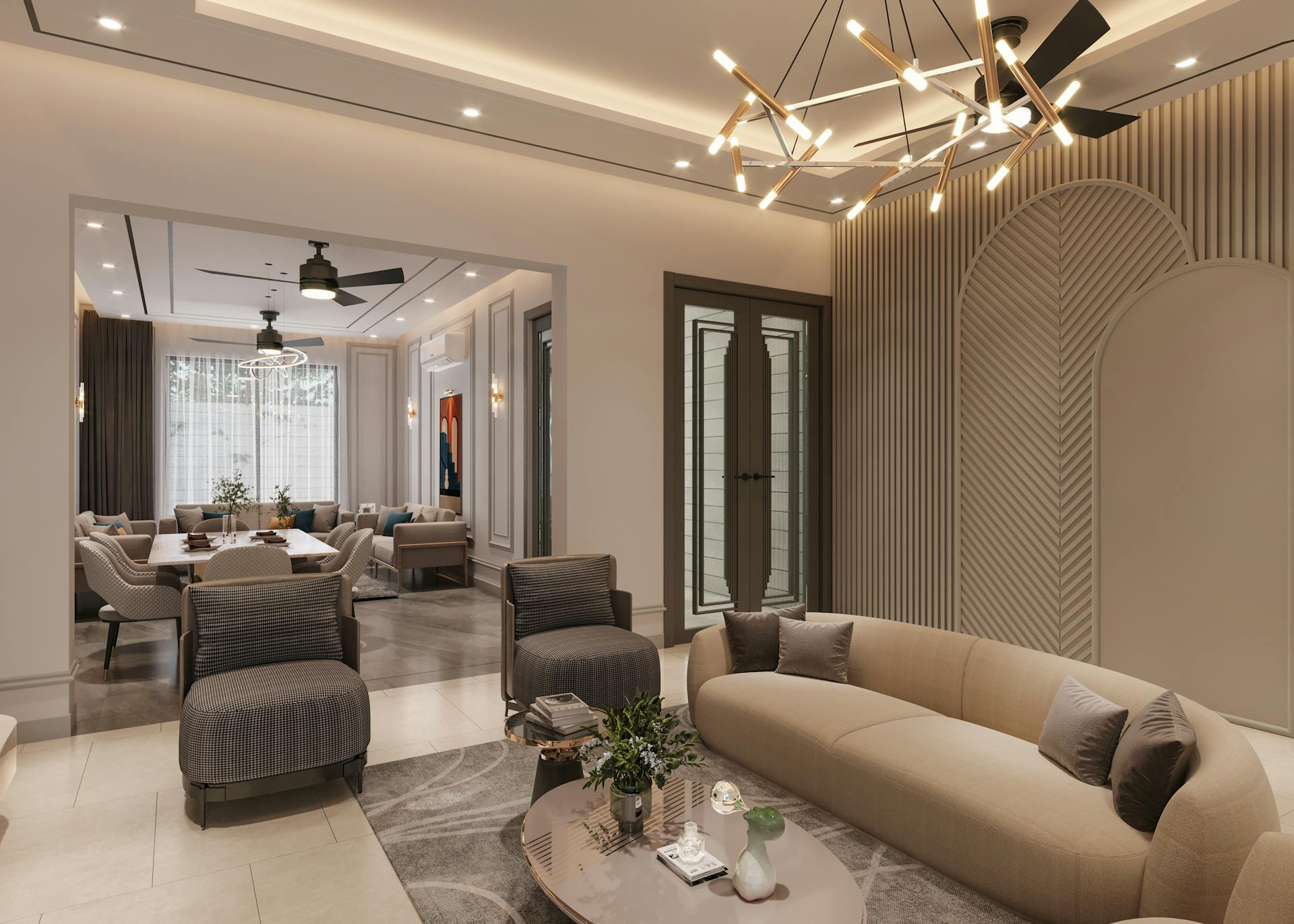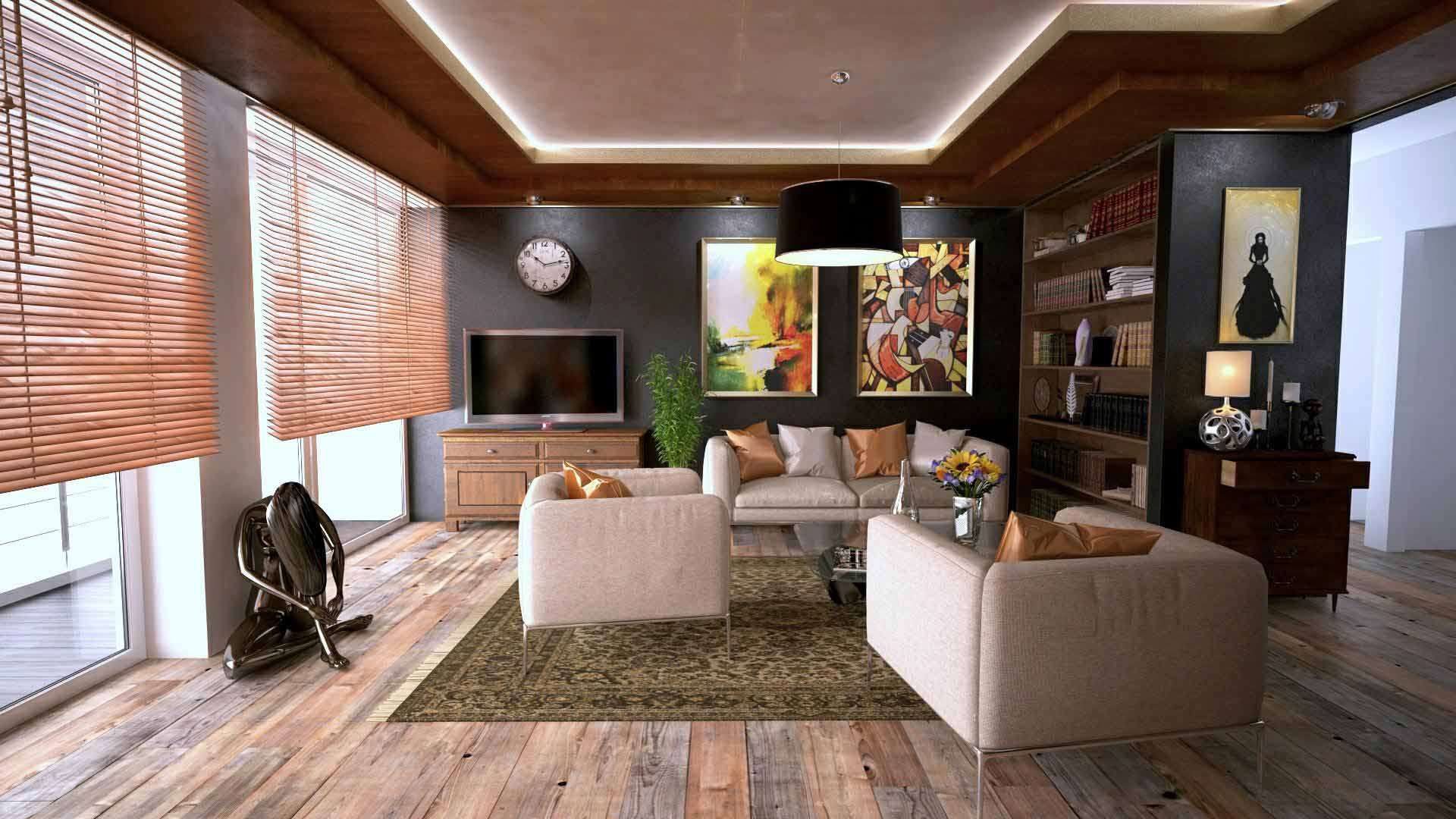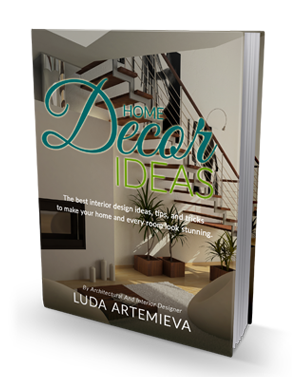As lifestyles evolve, so should the spaces we inhabit. Rather than designing static rooms with fixed functions, today’s interior design celebrates flexible, multi-functional spaces that adapt to changing needs, whether for family, work, play, or relaxation. Here’s how architects and designers can embrace this versatile approach.
The Shift Toward Adaptable Living
With the rise of remote work, urban densification, and smaller homes, modern households require rooms that can effortlessly transition between roles. A dining area may double as a workspace by day; a playroom by night could become a meditation space on weekends. Flexible interiors meet these demands by offering dynamic design solutions.
Key Strategies for Flexibility
a. Modular and Movable Furniture
-
Modular sofas, shelving, and tables that can be reconfigured for different activities
-
Mobile partitions and screens, such as sliding walls or rolling dividers, to redefine space instantly
b. Built-In Flexible Storage
-
Concealed storage like fold‑away desks or beds, and drop‑leaf tables tucked into walls
-
Vertical storage that transforms, e.g., cabinet doors that fold out into worktops
c. Multi-Layered Lighting
-
Incorporate zoned dimmable lighting – ambient for living, task lighting for work, accent lighting for ambiance
-
Use plug-and-play track systems so fixtures can be moved as the room’s function changes
d. Versatile Flooring & Surfaces
-
Use area rugs to define zones that can be reshaped as needed
-
Choose neutral, durable finishes that serve as a backdrop for changing décor styles
Designing for Life Transitions
Flexible interiors support life’s big moments:
-
A nursery-to-kids’ study conversion: start with soft lighting and pastel tones, then shift to task lighting and storage walls
-
A home gym-lounge hybrid: stow away fitness gear behind sliding panels, revealing seating or media space
-
A guest room-home office combo: pair a Murphy bed with a fold-down desk and sound‑absorbing room divider
Aesthetic Cohesion in Multipurpose Spaces
Flex spaces need unity:
-
Consistent color palettes and materials across zones create harmony
-
Smart furniture – like ottomans with storage or convertible credenzas – maintains style while offering utility
-
Flexible décor accents (e.g., lightweight curtains, modular lighting) that work across multiple setups
When Flexibility Adds Value
Flexible interiors aren’t just about adaptability, they add real value:
-
They enhance a home’s long-term functionality
-
Boost resale appeal, especially in urban markets with limited space
-
Support hundreds of daily use scenarios, from hosting gatherings to creating quiet retreats
Keeping It In Style
Flexible interior design reflects the way we live – dynamic, multifunctional, and evolving. By prioritizing modularity, adaptable systems, and cohesive aesthetics, architects and designers can craft spaces that grow and change with their inhabitants. This not only maximizes comfort and utility but also extends the lifespan and relevance of a home in a world where needs are never static.




